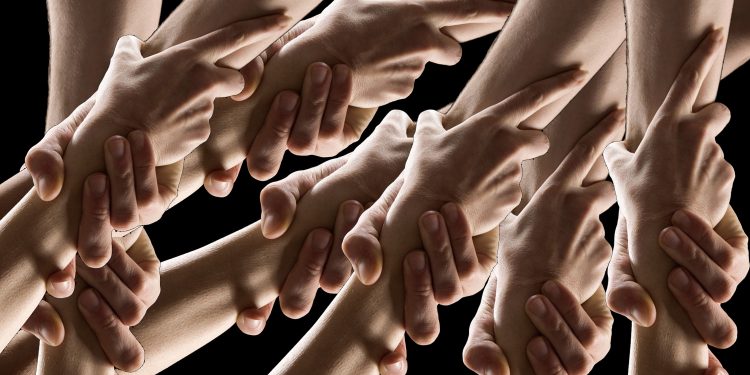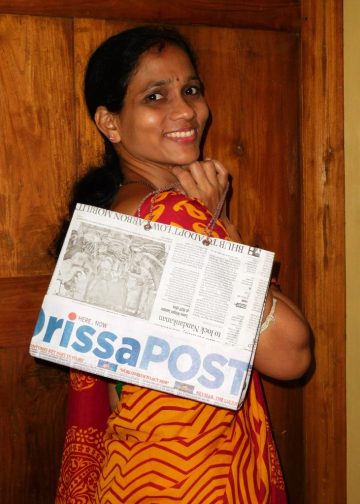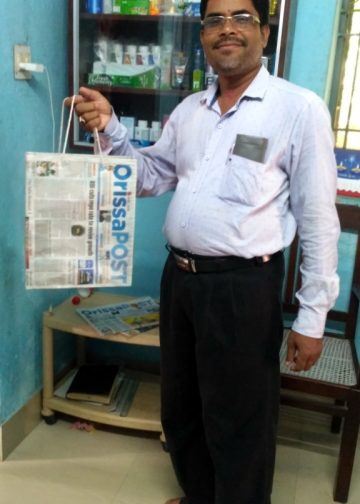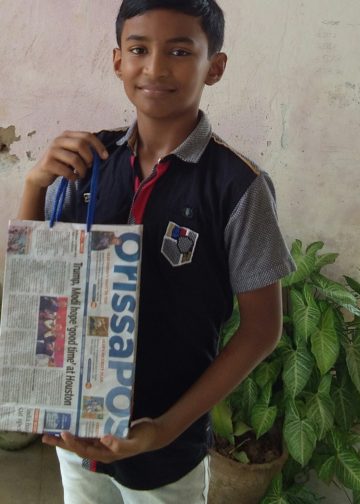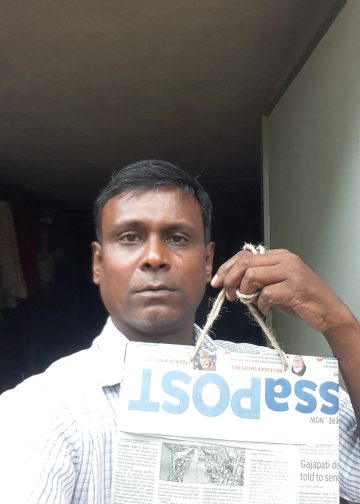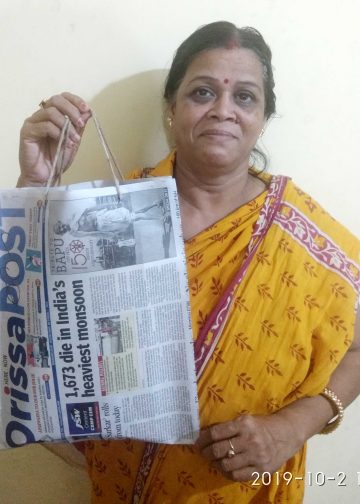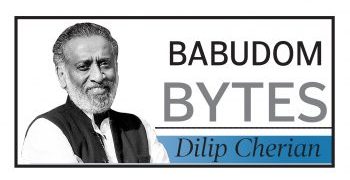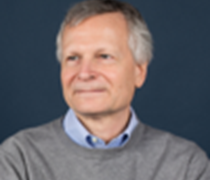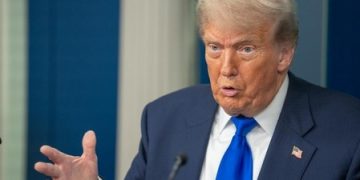Dasarathi Mishra
The IMF Annual Report 2018 observes that “global inequality-income difference among countries has been declining”. This is a positive signal. But, intra-country position is not so comforting, as the Report states “the picture within countries varies depending on income group and country-specific factors”. It shows the income and wealth inequality in societies is widespread and can hamper growth and impinge on financial stability.
Income inequality refers to differences in the distribution of economic assets (wealth) and income within or between populations or individuals. Income inequality is generally computed within a country to make it meaningful.
An Organisation of Economic Co-operation & Development (OECD) survey shows that income inequality in OECD countries has increased over the last half century. The average income of the richest 10 per cent of the population is about nine times that of the poorest 10 per cent, up from seven times earlier. Another study by World Institute for Development Economic Research reported that 1 per cent of the world’s richest persons own 40 per cent of global assets. Notably, the top three richest persons possess more than the combined financial assets of the lowest 48 countries.
Oxfam Inequality Report 2018 released in January 2019 reveals certain startling facts. It reveals that just 26 people on earth in 2018 had the same net worth as the poorest half of the world’s population — some 3.8 billion people. The report also states that 2,200 billionaires of the globe saw their wealth grow by 12 per cent, even as the poorest half saw its wealth shrink by 11 per cent.
One striking development in the recent past is that the regional disparity has reduced; the gap between rich and poor states in India has narrowed, as the economically-weaker states have achieved strong economic growth
Many economic studies have gone into the root cause of inequality in a society. The main causes have been identified as globalisation and technological progress, supplemented by widespread deregulation, resulting in increased competition and political economy. Jan Tinbergen, a Dutch economist, winner of the Nobel Memorial Prize in Economy in 1969 stated that inequality is the result of race between technology and education. In rich countries, particularly in the US and UK, rapid change in technology necessitates highly educated workforce to accomplish work and the supply of such workers does not match expanding demand, placing a premium, called “college premium” on such a workforce. China has been experiencing tremendous economic rise after its accession to World Trade Organisation (WTO) and its successful export-led growth model. This has given rise to spectacular development in the coastal belt and urban areas, resulting in increasing disparities in income between urban and rural areas. Government intervention can reduce inequality as is experienced in Latin American countries, particularly in Argentina and Mexico.
The IMF report says inequality perpetuates social polarisation. The lack of social cohesion leads to greater demand from the have-nots on public funds, rent-seeking efforts, scuttling welfare-enhancing measures of the government, meant for long-term inclusive growth.
Even the sub-prime crisis in housing mortgage sector, in the US, which snowballed to the global financial crisis in 2007-08, to a large extent had its origins in growing inequality. Raghuram Rajan in his book ‘Fault Lines’ puts it very succinctly: “Growing income inequality in the United States stemming from unequal access to quality education led to political pressure for more housing credit. This pressure created a serious fault line that distorted lending in the financial sector.”
Successive financial crises such as Asian Financial Crisis (1997), Global Financial Crisis (2007-08) show that inequality can lead to macroeconomic instability or meta-stability.
A recent IMF Paper “Stranded! How Rising Inequality Suppressed US Migration and Hurt Those Left Behind” (Tamim Bayoumi and Jelle Barkema) published June 3, 2019, states: “In USA, increasing house price and income inequality have reduced long-distance migration, the type most linked to jobs. The stunted mobility has diminished the chance of entering into a better job market.”
Sustainable Development Goal-10 (SDG-10) of United Nations General Assembly underscores the need to reduce inequality. NITI Aayog observes: On average, income inequality has increased by 11 per cent in developing countries between 1990 and 2010. A significant majority of households in developing countries – more than 75 per cent – is living today in societies where income is more unequally distributed than it was in the 1990s.
OXFAM Inequality Report for India shows that wealth inequality is on the rise. The Gini wealth coefficient in India has gone up from 81.2 per cent in 2008 to 85.4 per cent in 2018, which shows inequality has risen. “Inequality in India: A survey of recent trends” by Parthapratim Pal and Jayati Ghosh says: “One of the reasons behind the increased income inequality observed in India in the post-reform period has been stagnation of employment generation in both rural and urban areas across states.” Although there is tremendous employment generation in the services sector for skilled people, the country is set to create vast manufacturing base to deploy unskilled and semi-skilled workers for productive purposes.
There is vast improvement with the launch of Pradhan Mantri Kaushal Vikas Yojana (PMKVY). The Scheme has set the ambitious target for upskilling or reskilling 400 million people by 2022. Eighteen ministries of the government are engaged in various targeted skill development and employment generation programmes. National Skill Development Policy (NSDP) was first launched in 2009 and was revised in 2015 to meet the challenges of skilling at scale, speed and with quality.
One striking development in the recent past is that the regional disparity has reduced; the gap between rich and poor states in India has narrowed, as the economically-weaker states have achieved strong economic growth. However, certain districts remain economically backward. Special schemes of the government are designed to pull them up to reduce inequality. Appropriately, attainment of inclusive growth is what our policymakers are aiming at.
The writer, a former central banker, is managing partner, Abhyutthana Financial Learning Centre LLP.

